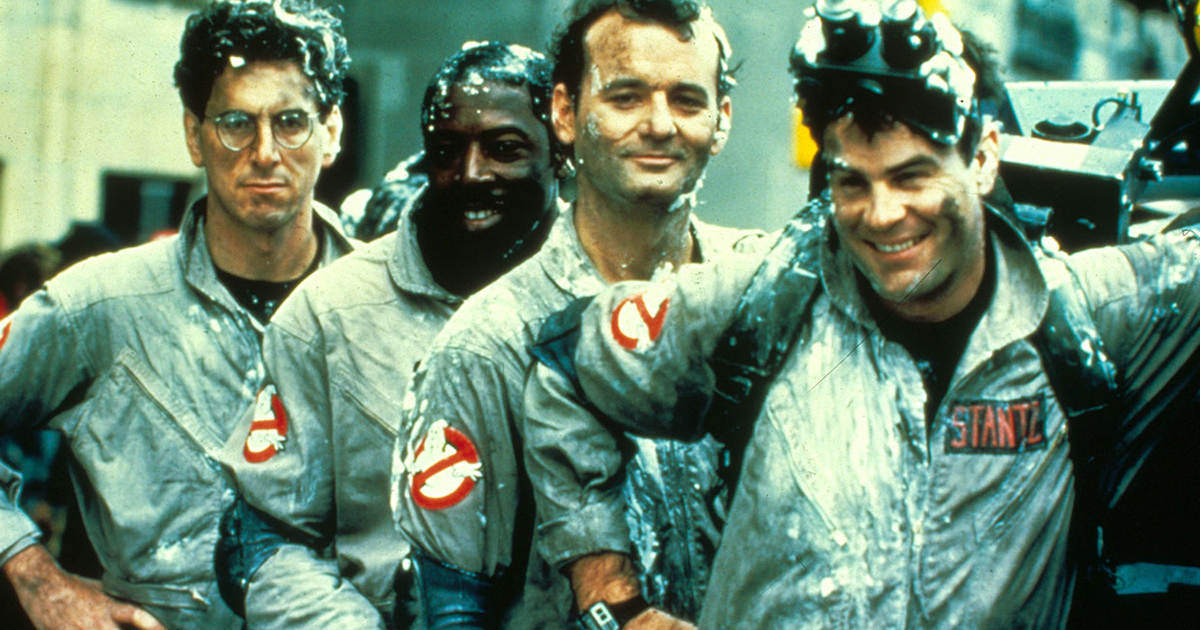Can there be a single 80s kid who grew up in the Western world and who hasn’t seen the original (and, in our opinion, best) version of Ghostbusters? With a star-studded line up featuring Bill Murray, Dan Aykroyd, Sigourney Weaver and Harold Ramis, 1984’s Ghostbusters is one of the most iconic films to come out of 80s Hollywood cinema.
You may have seen this classic film a number of times, but how much did you really pay attention to it? You’re about to find out, so strap on your proton pack and remember not to cross the streams (unless it’s an emergency), because below are 20 things you may have missed in Ghostbusters.
20. Slimer is actually ‘The Ghost of John Belushi’
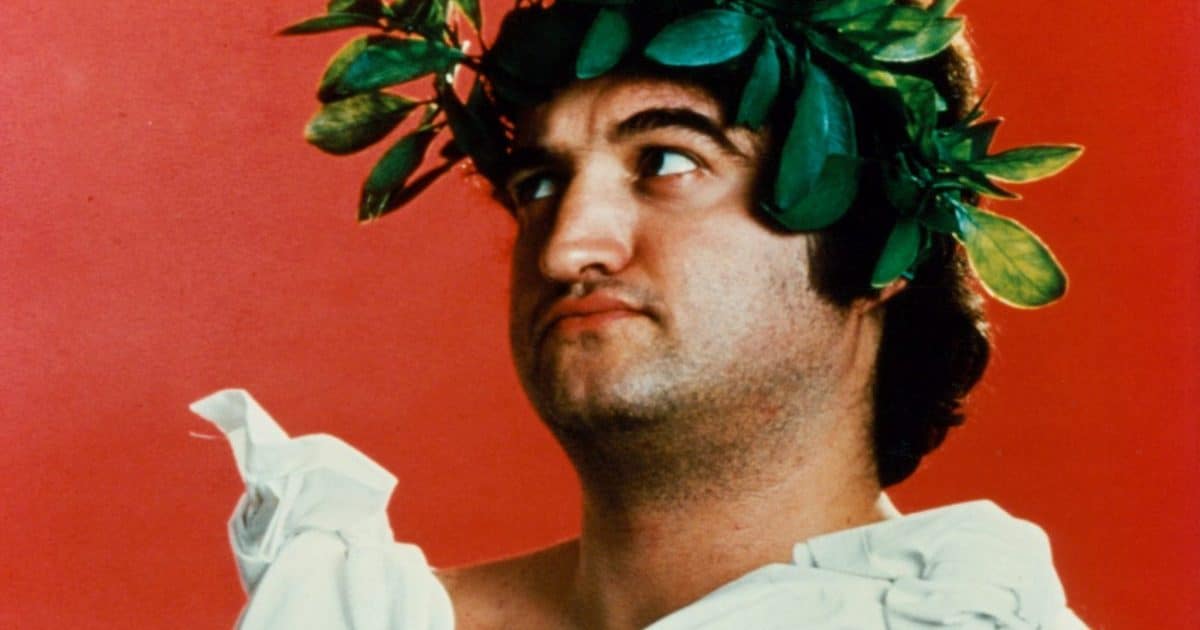
SNL cast member and star of The Blues Brothers John Belushi tragically lost his life in 1982, leaving his fellow actors stricken with grief. Aykroyd was particularly affected by Belushi’s death, as he’d appeared in The Blues Brothers alongside Belushi, and the two were fast friends. Not only that, but Aykroyd had initially begun writing the Ghostbusters script with the intention of starring in it alongside Eddie Murphy and Belushi himself. While production for Ghostbusters went ahead without him, Belushi’s friends and former colleagues still wanted to pay homage to him somehow in the film.
And so Slimer became a sort of tribute to Belushi, based in part on Belushi’s character Bluto in Animal House. It might seem odd to pay tribute to a deceased actor by characterising them as a gross green ghost, but Aykroyd also often describes Slimer as The Ghost of John Belushi anyway.
19. Slimer is a name coined by fans, not the film
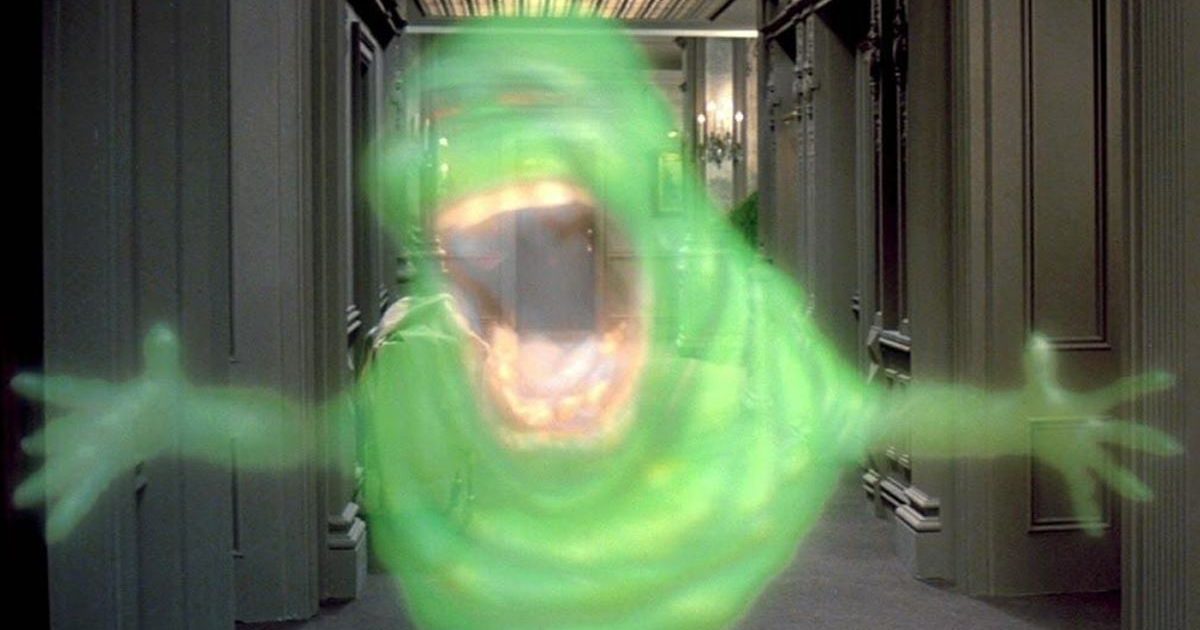
Everyone remembers Slimer: the green ghost made up of ectoplasm who ends up being the Ghostbusters’ first catch. Slimer is perhaps most memorable for his insatiable appetite and the trail of green slime he leaves behind him. Despite only appearing in one scene in the 1984 film, Slimer made a big impression on audiences, even if they did not know his name at the time.
On-set and throughout production, Slimer was only ever referred to as Onion Head, The Green Ghost or Little Spud. Slimer was only given the name ‘Slimer’ by audiences after the film was released, but the appropriate nickname has stuck around ever since. The ghost was officially christened Slimer in The Real Ghostbusters, where he is a friend and companion to the Ghostbusters, rather than an adversary.
18. Sigourney Weaver got the job by barking like a dog in her audition

Alien star Sigourney Weaver appears in Ghostbusters as sceptic Dana Barrett, who ends up contacting the Ghostbusters after she experiences a paranormal encounter in her apartment – but still ends up getting possessed by supernatural demigod Zuul. Before appearing in Ghostbusters, Sigourney Weaver was known for gravitating towards sci-fi roles, though she had done some comedy beforehand. Weaver actually has an extensive background in comedy, that she honed during her time at both Stanford and Yale University.
Desperate to get back to being funny, Weaver auditioned for Ghostbusters for the chance to show off a side of her acting prowess that the world had not seen in a while, following her more serious roles. When told in her audition that her character would need to act possessed, Weaver apparently began growling, barking like a dog and getting down on all fours. It was reported that the film’s director Ivan Reitman was so impressed that he immediately cast her on the spot.
17. Some of the scenes were filmed in New York illegally
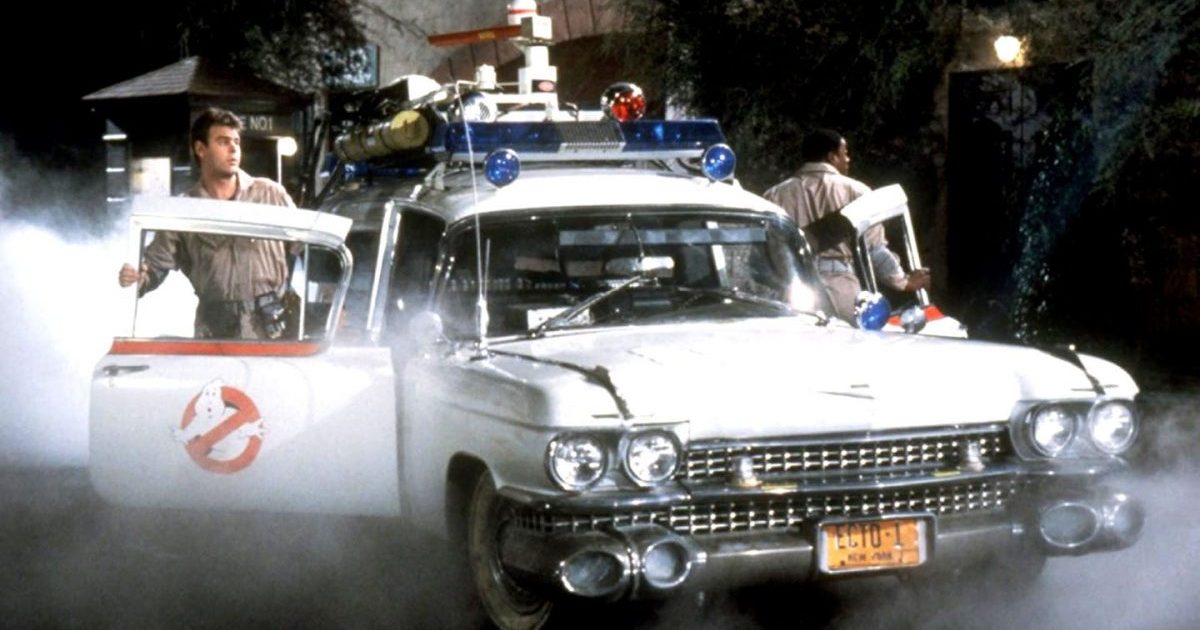
The cast and crew shot the scenes featured in the montage of the Ghostbusters running and driving the Ectomobile around New York on the first day of filming. This was largely done without film permits – if you look closely in the teaser trailer, you can see a security guard chasing after the crew during one scene at Rockefeller Plaza. The crew had the most difficulty when it came to shooting at Radio City Music Hall as it was private property. The crew were shooting on the street outside the hall when they were stopped and interrogated by a man about whether they had sought permission to film there or not.
Producer Joe Medjuck then went over to talk to and distract the man so that Ivan Reitman could keep shooting for a few moments longer. It’s hard to imagine such a classic movie utilising such a haphazard approach, but the cast and crew really were focused on packing up and getting out of there the second the shot was filmed.
16. The Ghostbusters’ phone number really worked

In the original Ghostbusters trailer, the 555-2368 number seen in the film was replaced by a real telephone number – 1-800-654-1984. If you called this number, it would play a recording of Bill Murray and Dan Aykroyd leaving an answering machine message in character. Aykroyd would say: “You’ve reached the office of Ghostbusters. Unfortunately, we can’t speak with you now. We’re on a call.”
Murray would then elaborate and say “We’ve got a very difficult assignment. There’s a possible infestation backstage at the show La Femme Des Paris at the Waverly Theater in Times Square.” The answering machine gimmick was designed to keep people interested in the film while it ran in cinemas – and it was a roaring success. The number received over a thousand calls an hour for over a month, making it an effective early example of non-conventional movie marketing.
15. Director Ivan Reitman voices Zuul and Slimer

Zuul, the somewhat disgusting demigod creature that possesses Dana Barrett, is one of the most memorable creatures in Ghostbusters. Not only that, but the deep, terrifying voice of Zuul is one of the scariest aspects of the whole film, something which no doubt sent several kids running to hide behind the sofa. With that said, we bet you didn’t know that the film’s director Ivan Reitman provided the voice of Zuul.
During post-production Reitman struggled to find the right actor to voice Zuul, and with time running out, simply decided to do it himself. The cast and crew were pleasantly surprised by Reitman’s acting skills, made even more impressive by the fact that Zuul is actually considered to be a female demon, despite its low voice. Reitman also voiced Slimer due to a similar lack of time and resources, but opted to remain uncredited for both roles.
14. Bill Murray made no money from the film
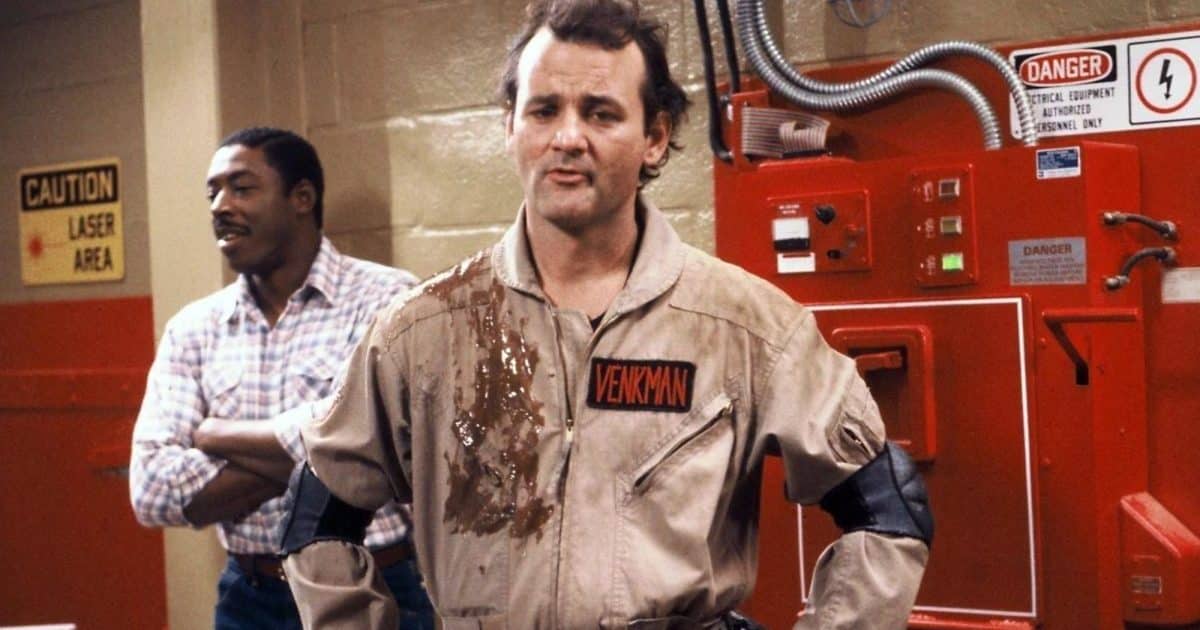
Ghostbusters was made on a modest budget of $30 million, but went on to gross a staggering $300 million in 1984. The film was actually the highest-grossing comedy of all time until Home Alone came along in 1990 and broke the record. Yet despite Ghostbusters making hundreds of millions of dollars, leading man Bill Murray didn’t make a single cent. Murray’s lack of remuneration was actually his own choice, since before he knew how successful the film would be he bargained with Columbia Pictures and put forward a deal.
Murray’s agreement meant he wouldn’t take home a paycheck for Ghostbusters so long as the studios funded a remake he wanted to make of 1946 World War I film The Razor’s Edge. Murray’s Razor’s Edge was released in 1984 and bombed spectacularly, grossing only $6 million and losing Columbia (and Murray) a ton of money.
13. Rick Moranis improvised one of the film’s funniest scenes

It came to light in 2016 that Rick Moranis actually completely improvised one of the most iconic Ghostbusters scenes. The scene sees Louis Tully announce the financial details of a couple attending his party and flee his own apartment after an encounter with Vinz Clortho. Despite this scene being comedic gold, Moranis actually improvised the vast majority of it. Director Reitman revealed to Rolling Stone in 2016:
“Right away, Rick had all these wonderful ideas. I think it was his idea to play him as an accountant; he wrote that extraordinary speech when he is inviting people to a party at his house and he’s walking that incoming couple through.” Reitman went on to say: “I had the joke of throwing the coat on the dog that’s in his bedroom, but that whole wonderful speech … Rick just made all of it up as he was doing it. All these guys were so, so good at writing.” Rick Moranis was already known for his comedic chops, but this particular Ghostbusters sequence cemented him as a legendary comic actor.
12. The ending was added at the last minute

The final scene in the film sees the Ghostbusters team combine the energy streams from their proton packs, triggering an explosion big enough to defeat Gozer in the form of the Stay Puft Marshmallow Man. This happens after several references throughout the film to the fact that the Ghostbusters should never cross the streams unless they want to tempt catastrophe. Given how well it’s set up and paid off, it may surprise you that the ‘cross the streams’ ending was a last-minute addition.
The film’s writers, Dan Aykroyd and Harold Ramis, only came upon the idea of crossing the streams while the end of the film was being shot. This meant they had to film an extra earlier scene which explained the danger of combining the energy streams. So yes, all that was actually added retroactively to set-up the ending.
11. Shaving cream was used in the final scene
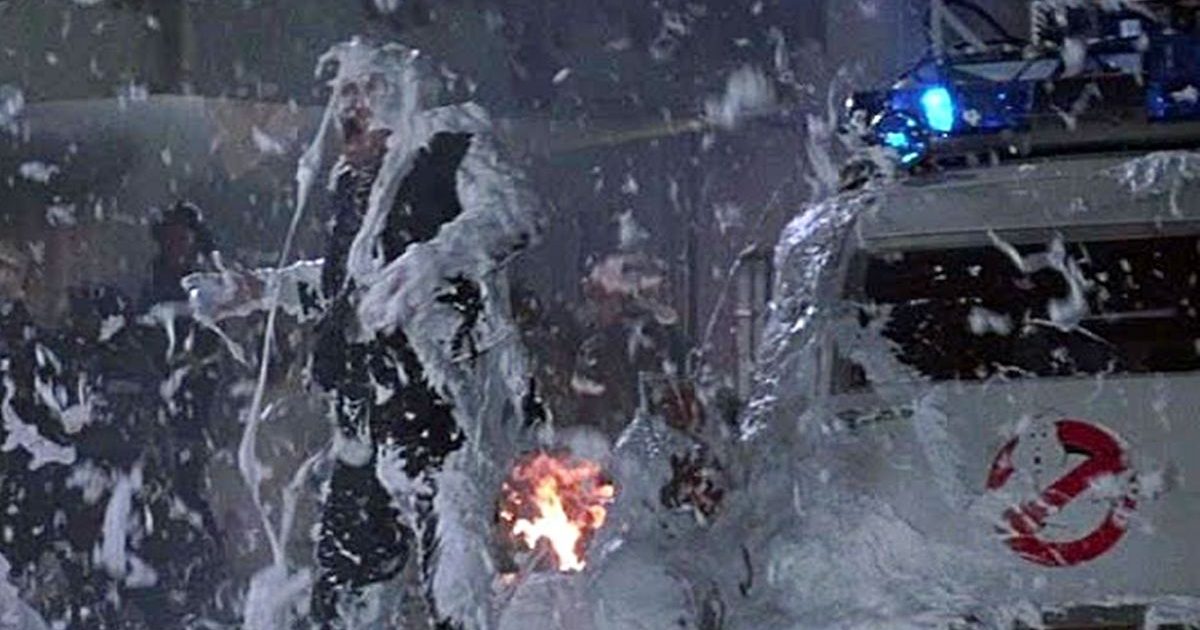
Given how realistic it looks, you’d be forgiven for thinking that the production team used real marshmallow fluff in the film’s climactic scene where Marshmallow Man explodes. In reality though, the special effects coordinators for the film opted for something a lot easier to get hold of: shaving cream. In the film’s DVD commentary track, director Ivan Reitman revealed that the crew used shaving cream in the scene.
Richard Edlund, who did the visual effects work on the movie, amassed a whopping 500 gallons of the stuff for the shot. William Atherton, who plays Walter Peck in the movie, was the unlucky cast member who bore the brunt of the explosion. Still, spending multiple takes being doused in shaving cream is probably more comfortable than spending all that time covered in sticky melted marshmallow!
10. Ray Parker Jr got the idea for the theme tune from a drain company jingle
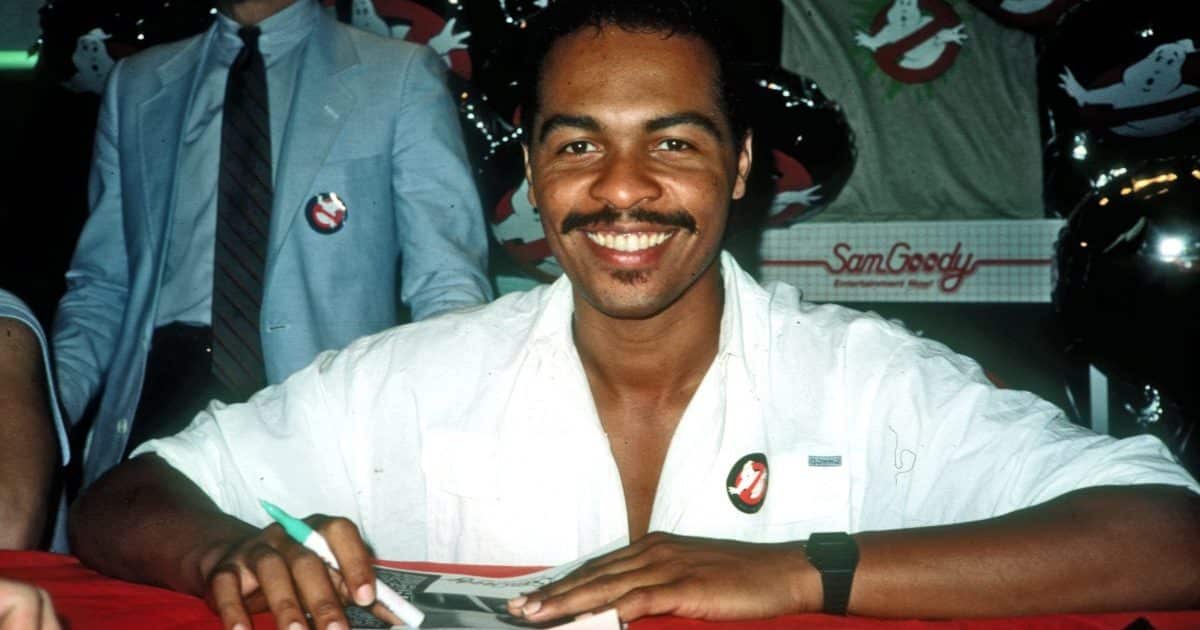
Ghostbusters has several iconic scenes and moments, but there’s an argument to be made that none are as iconic as the movie’s theme song itself. Even those who have somehow never seen the movie can still belt out the song, asking the iconic question: “Who you gonna call?” The theme song was written by renowned musician Ray Parker Jr., but the songwriting process wasn’t exactly a smooth one.
Parker Jr. spent multiple days struggling to think of a hook for the track, until he found himself watching TV at 4 am. At 4:30 in the morning, Parker allegedly saw a commercial for a drain company that roughly resembled a scene from Ghostbusters. The idea of the theme song as an advertising jingle was born, and catchphrase “who you gonna call” was formulated shortly after.
9. The movie was originally set in the future

For all its proton packs, lime green ghosts and giant marshmallow monsters, Ghostbusters is in many ways a grounded film (well, grounded for a sci-fi comedy about ghosthunters anyway). The technology all seems like it could be feasibly cobbled together by unruly scientists, while the then-contemporary New York setting makes it clear that the film is set in a recognisable present day. With that said, the Ghostbusters aesthetic could have actually been way different, as the film was initially supposed to be set in the future
In an older version of the script, the Ghostbusters that we followed made up just one of many ghost-fighting teams, who existed alongside the police and the fire service on a future Earth. Everyone agreed that the concept was awesome – the problem was the price tag, which was estimated to have been “at least $300 million in 1984 dollars”. Such a film was way too expensive to make, and so the futuristic angle of the film was dropped, while Harold Ramis was brought in to rework the script.
8. Gozer was originally supposed to be played by Paul Reubens
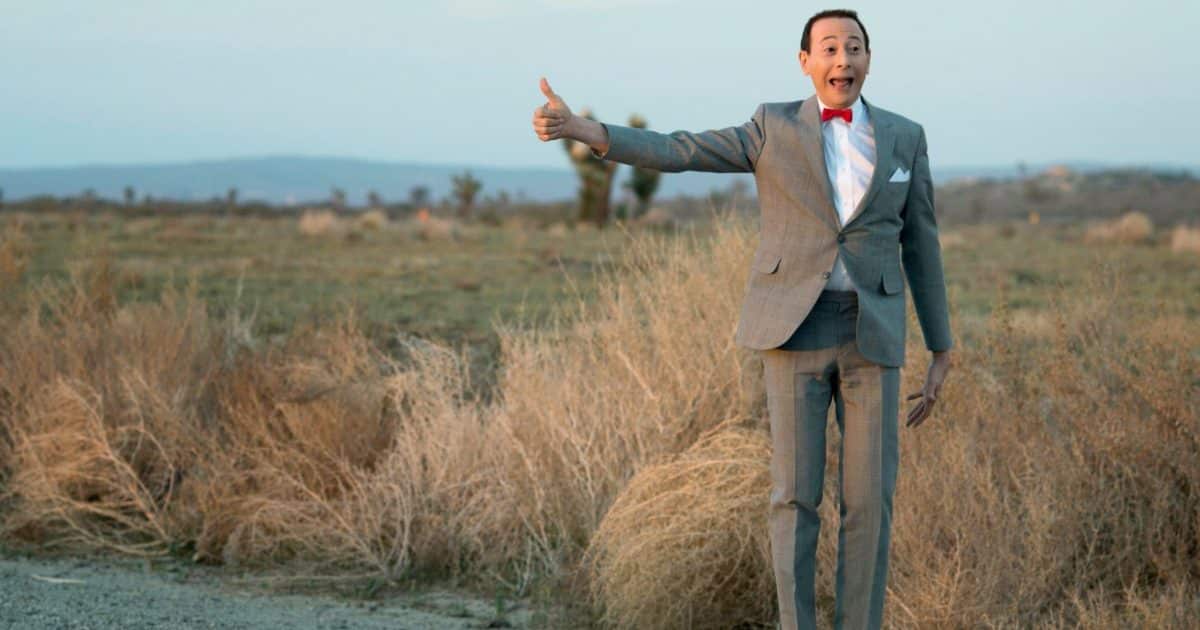
Gozer is the ultimate antagonist in Ghostbusters and, despite being fairly ethereal looking, it also manages to be pretty fearsome and intimidating. As the primary villain of Ghostbusters, Gozer needs to be pretty fearsome – which is why it’s so surprising that the character was initially supposed to be played by Paul Reubens. That’s right, the ancient and ultra-powerful entity was initially going to be brought to life by the man best known for playing Pee-Wee Herman.
Not only that, but Gozer was also supposed to be far different aesthetically, taking its fashion cues from David Bowie. Gozer was originally supposed to manifest as an ordinary-looking man in a business suit, before evolving into its final form. This final form was initially supposed to have a “David Bowie meets Grace Jones” aesthetic, though it’s difficult to imagine that fitting the tone of the final film.
7. John Candy was set to play Louis Tully until he left the film over creative differences
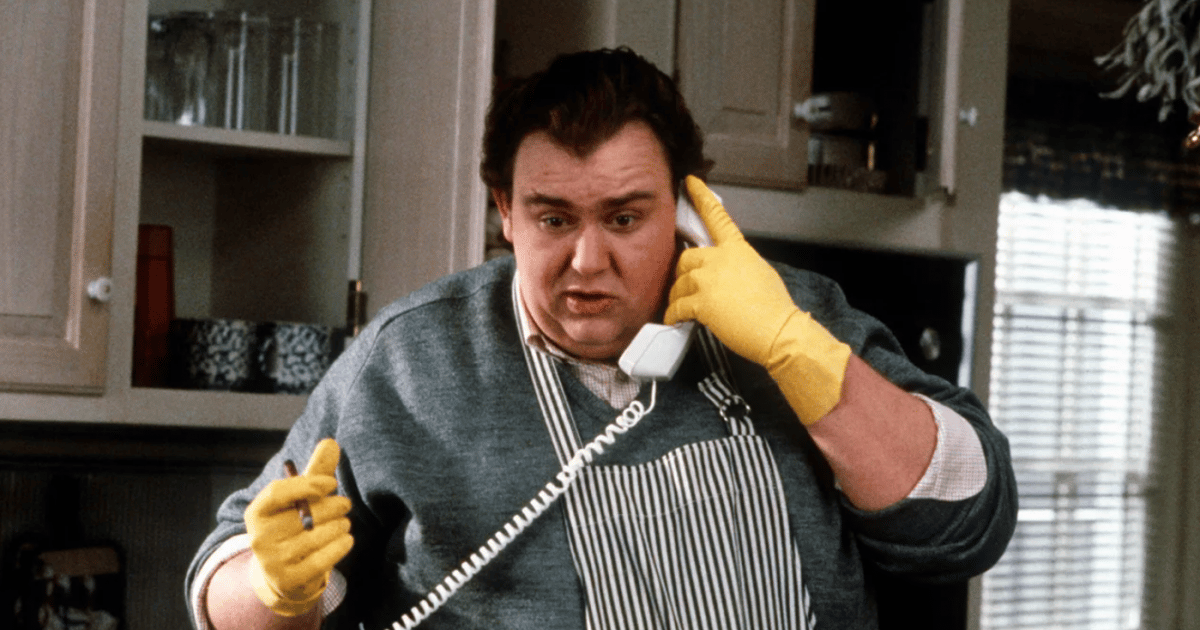
There’s no doubt about the fact that Rick Moranis is the perfect choice to play Louis Tully, but he actually wasn’t anybody’s first choice for the role. Initially, it was another popular comedy actor who was primed to play the part: John Candy. John Candy, of Blues Brothers and later Planes, Trains and Automobiles fame, was all set to take on the role of Tully.
Unfortunately, Candy had some pretty unorthodox ideas for the kinds of traits that Tully should have, and they were all immediately shot down. Not only was Candy adamant that Tully would have a German accent, but he was also convinced that Tully should own two Schnauzer dogs, which he would bring with him anywhere. When the filmmakers pointed out that Tully owning dogs would muddle the other dog imagery in the movie, Candy walked away from the project, leaving the role wide open for Moranis.
6. Ernie Hudson’s part was halved overnight
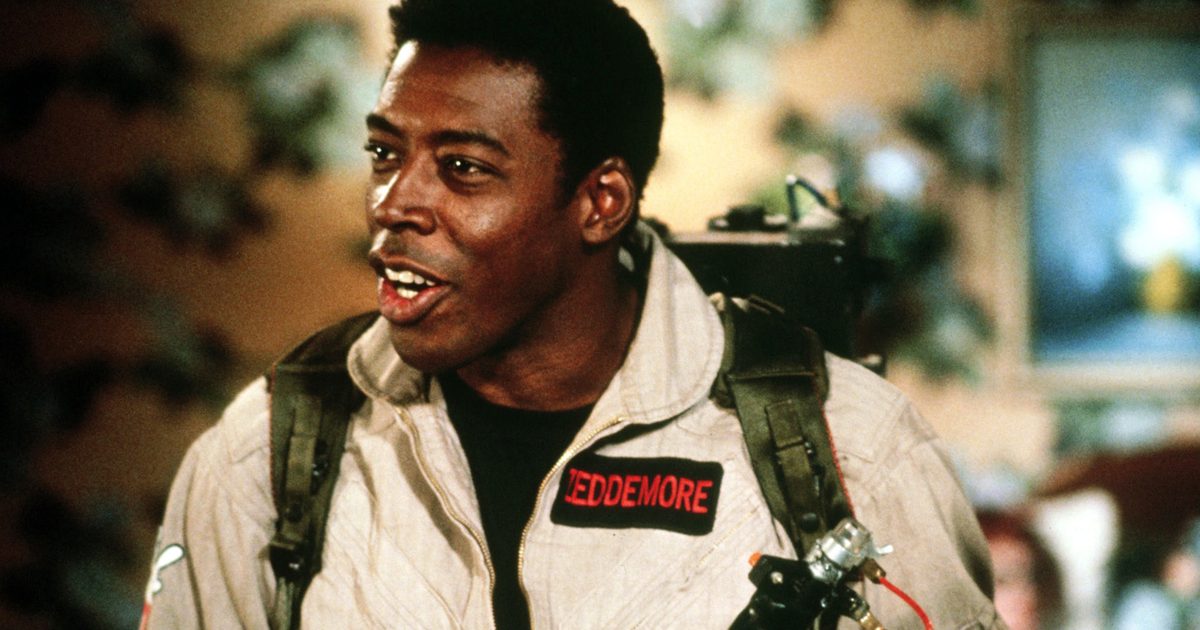
Ernie Hudson’s portrayal of Winston is much beloved by fans, but you don’t have to be obsessed with the film to notice that his role is a minor one. Winston is given far less to do than the other Ghostbusters, and doesn’t exactly get his fair share of the comedic moments. Unfortunately for Ernie Hudson, when he signed on to do Ghostbusters, the character of Winston was very different. According to Hudson, Winston had an expanded role and an intricate backstory in the script he was given, and Hudson was super excited to get to work.
When Hudson arrived on set he was told that his role had been cut down by half overnight, removing most of the details that made the character of Winston so exciting. Speaking about the alteration of the character, Hudson said: “I love the character and he’s got some great lines, but I felt the guy was just kind of there. I love the movie, I love the guys. I’m very thankful to Ivan for casting me. I’m very thankful that fans appreciate the Winston character. But it’s always been very frustrating – kind of a love/hate thing, I guess.”
5. No one expected the movie to be a hit with children
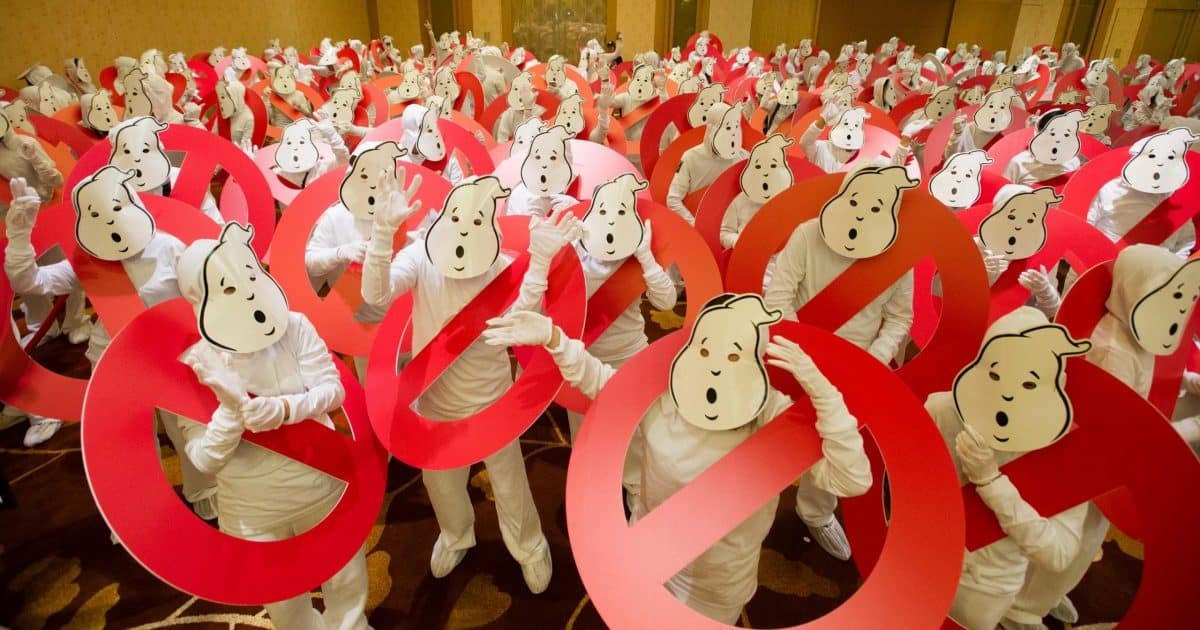
As you might have been able to tell from the language and occasional innuendo, Ghostbusters started life as a movie for grown-ups. However, if you’ve ever been in charge of giving sweets to trick-or-treaters on Halloween, you’ll know that the movie is popular with kids too. Right from the movie’s release up until today, Ghostbusters has been popular with kids and adults alike, with younger children even braving the scary parts just to watch.
Kids’ attraction to the film mostly comes down to the fun visuals, from the giant marshmallow to the backpack weapons. Despite it seeming obvious that kids would love a movie about battling ghosts, the Ghostbusters creative team were completely unprepared to deal with a younger fanbase. Not only did they have to scramble to make the sequel more kid-friendly by excluding elements like smoking, but they even had to conceptualise a children’s cartoon based on the film in order to capitalise on the new market.
4. William Atherton almost got beaten up because of the film
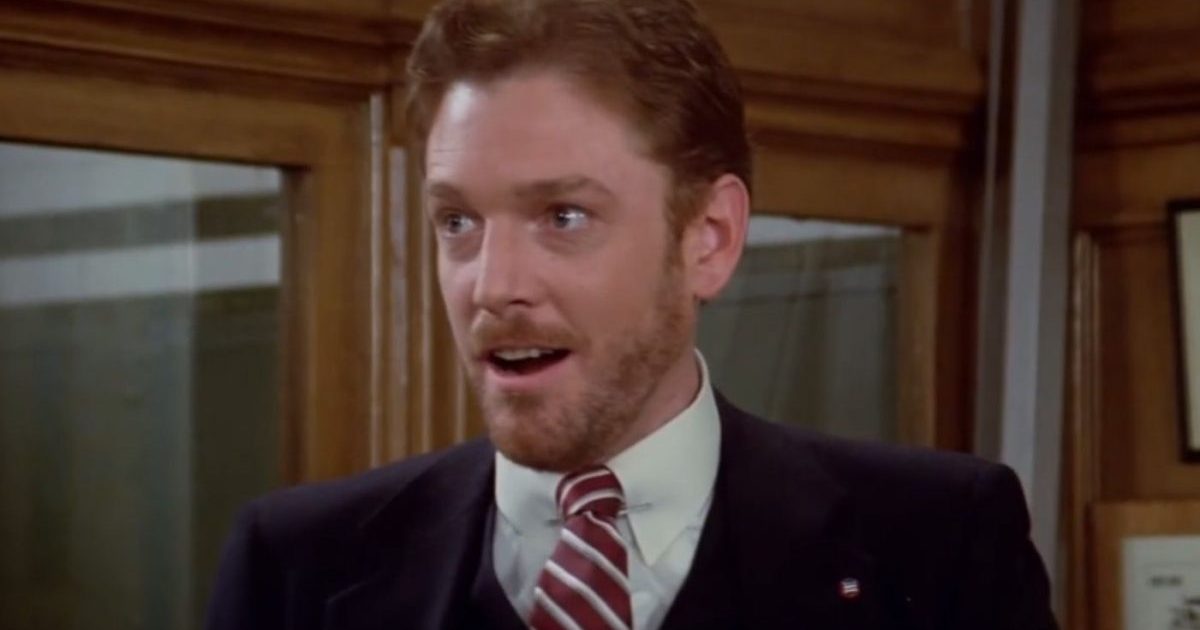
The Ghostbusters have to fight many different antagonists throughout the movie, from the semi-hilarious Slimer to the omnipotent Gozer. However, none of the villains of the film are as hateable as Walter Peck, the inspector from the Environmental Protection Agency. Walter Peck plagues the Ghostbusters throughout the movie, constantly hounding them at every turn. Played expertly by William Atherton, the character was so easy to dislike and fun to revile that the actor faced serious consequences in real life.
As unlikely as it may sound, for months after Ghostbusters was released, Atherton was challenged to fights wherever he went. Particularly in bars, Atherton was constantly asked if he wanted to go a few rounds, and even kids shouted abuse at him on the street. Poor guy.
3. The movie was almost called ‘Ghostbreakers’ because of a rights issue
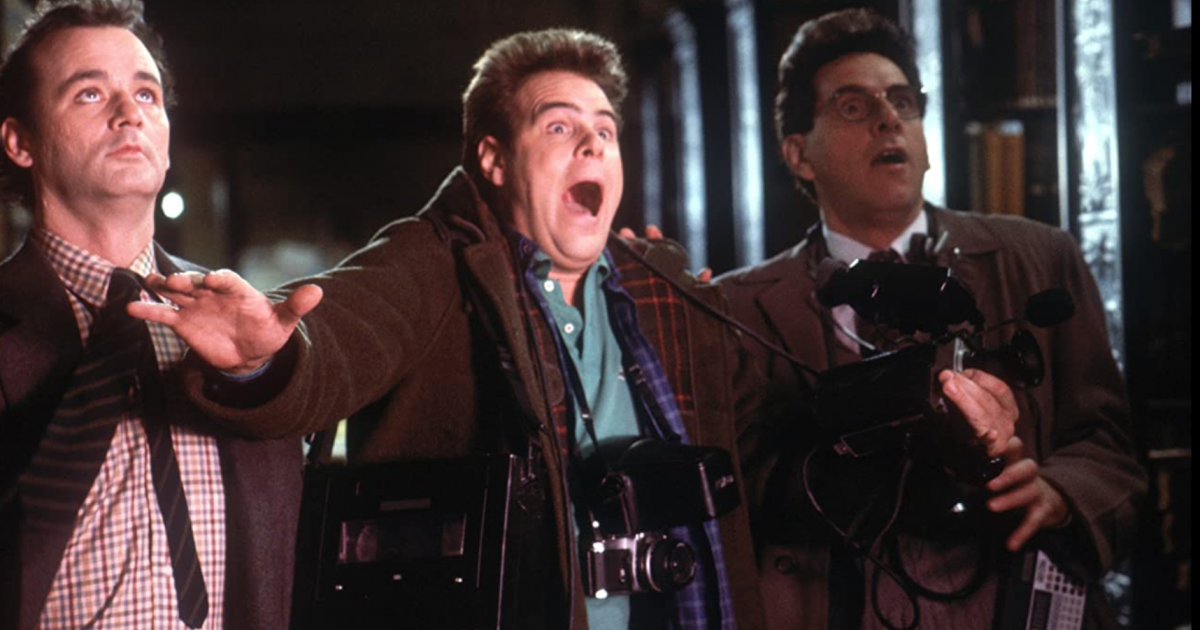
Not only is Ghostbusters an iconic movie title, but it’s also one of the most memorable names given to a group of characters. It’s impossible to imagine the movie being called anything else, but for a long time it was understood that the film would instead be called Ghostbreakers. Essentially, the name Ghostbusters was already owned, and so the filmmakers had to go through a protracted legal process to obtain the rights.
This battle was still going on while the film was being shot, and so no one in the cast or crew knew what the team would actually be called. Two takes were done of the sign being put up outside the fire station, one saying Ghostbusters and the other saying Ghostbreakers. In the end though, the filmmakers decided it was too much effort to hedge their bets, and instead they only used the name Ghostbusters, hoping that they would obtain the rights in time. Thankfully, they did.
2. The Ghostbusters originally had wands instead of proton packs
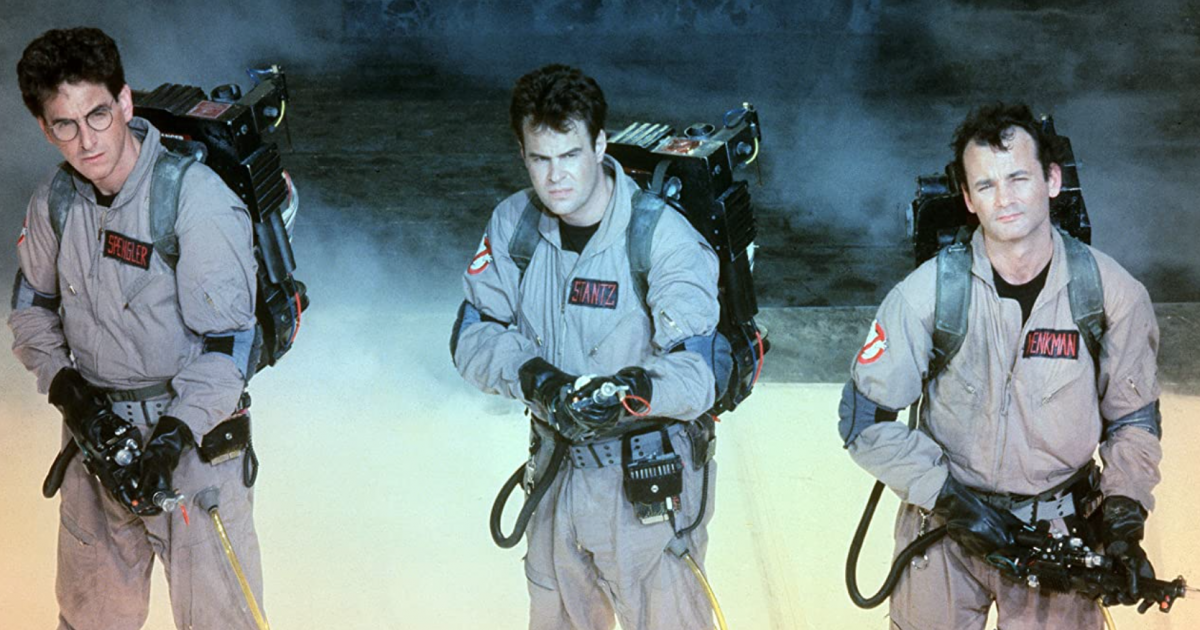
We’ve already discussed the fact that Ghostbusters was originally supposed to be set in the future, specifically during a time when ghosts were common. This earlier version of the script, which established that many teams of Ghostbusters roamed New York defeating spooky threats, had many differences from the movie we ended up with. Perhaps the difference that will feel most egregious to fans is that the earlier version of the film featured no proton packs.
Instead, the Ghostbusters used standardised weapons which resembled magic wands with balls on the ends of them. These wands were fired with a flick of the wrist, which defeated the ghosts in much the same way as the laser guns would. However, the aesthetic of the weapons was changed to make them seem more like something a scientist could feasibly cobble together.
1. Ernie Hudson was forced to move after Ghostbusters fans swarmed his apartment
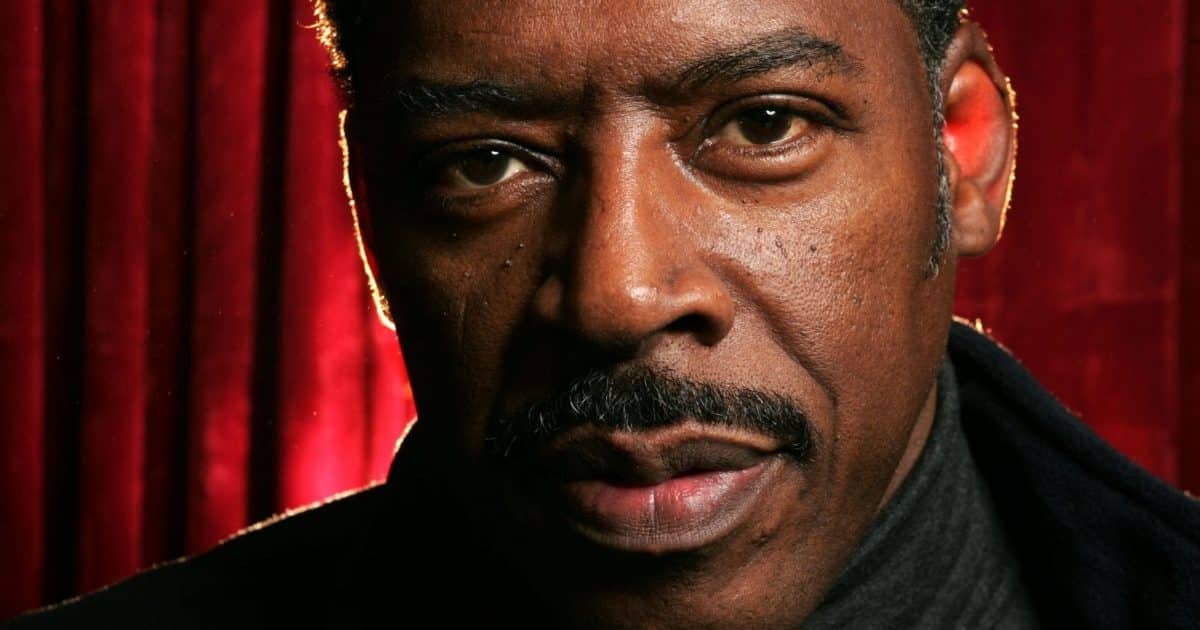
Out of all the Ghostbusters, it is Ernie Hudson’s character, Winston, who is given the least to do. Hudson arguably plays the most minor role out of anybody in the core cast, and yet surprisingly, his life was changed the most by the movie. Before Ghostbusters, Ernie Hudson had been living in a modest apartment in Los Angeles, where he continued to live shortly after the movie’s release.
Hudson had such a reputation as a nice guy that most people in his neighbourhood were friendly with him, and even knew where he lived. Unfortunately for Hudson, this backfired when the movie came out, as a local businessman continually told fans where they could find Hudson’s home. So many fans showed up to compliment his portrayal of Wilson that he was eventually forced to move house. Yikes.

